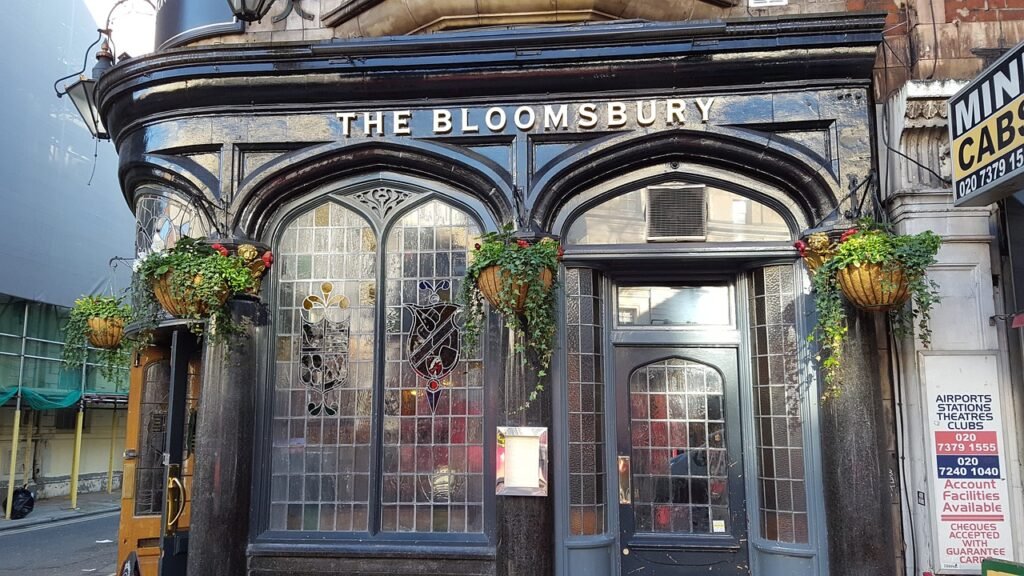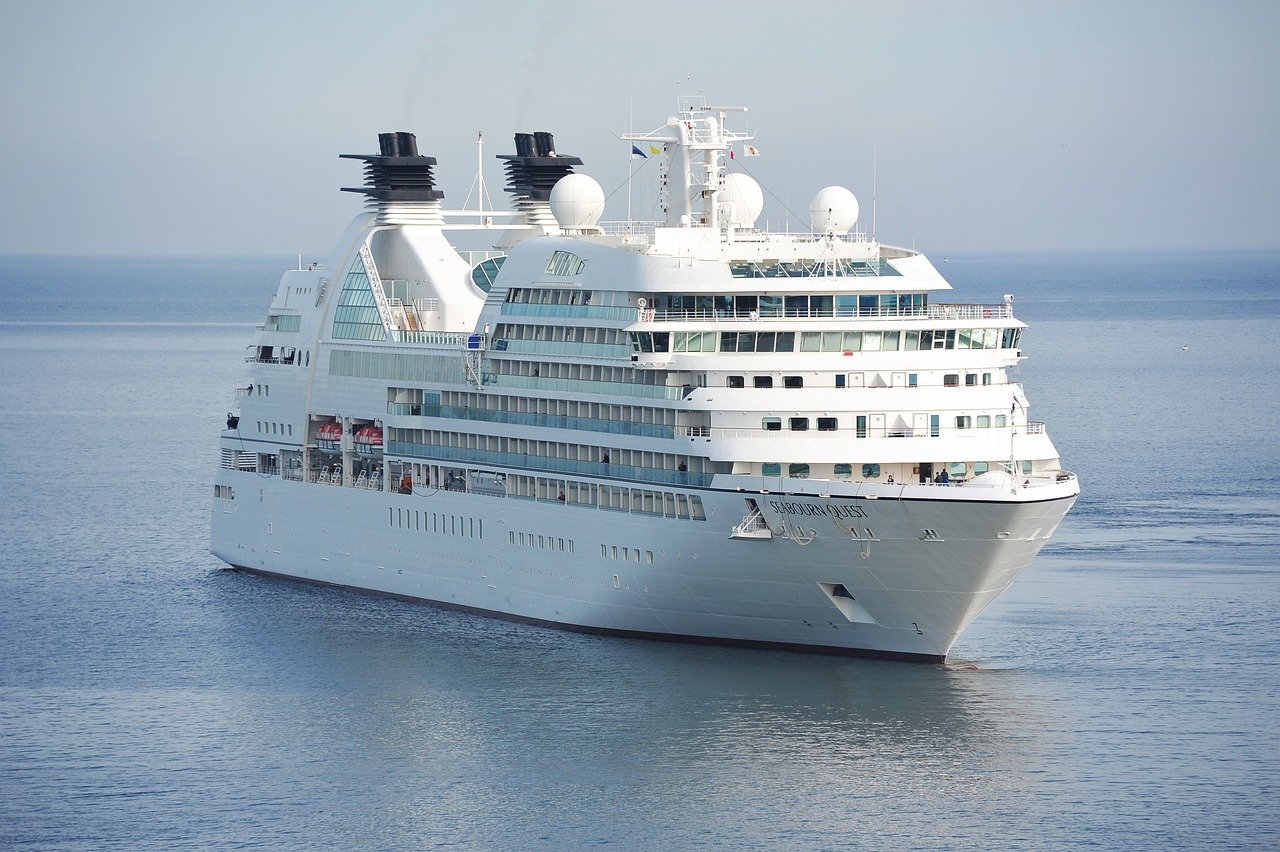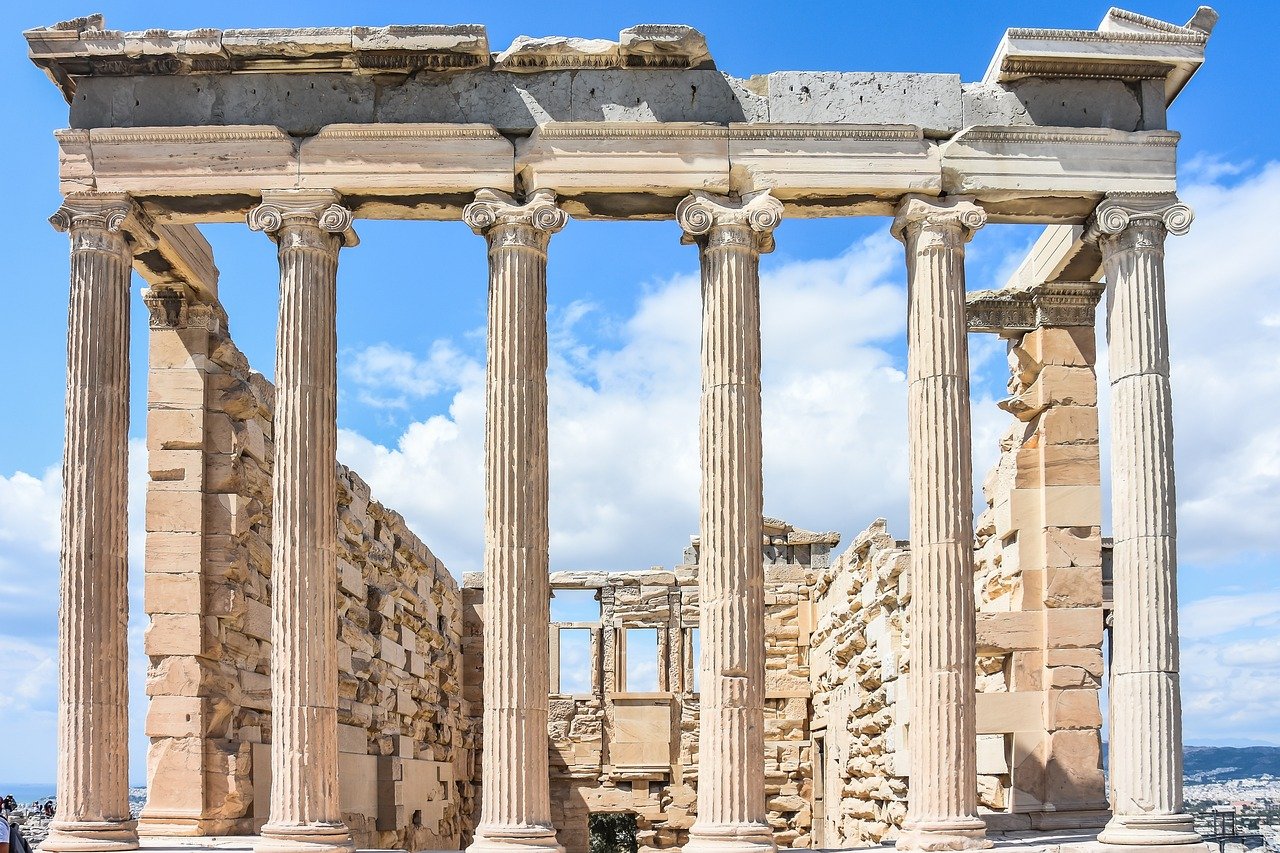London is a city of pubs. Ask anyone who’s visited, lived in or simply knows a thing or two about the capital and they’ll tell you that there are literally hundreds of pubs to be found within its boundaries. This is no surprise if you consider the city’s history as well as its cultural heritage and traditions. That being said, London has seen many a drinking establishment come and go throughout the years. Some have stayed open for decades while others have crumbled into oblivion after just a few short months. This article will take you on a journey through time as we explore some of the capital’s most iconic drinking establishments through the ages.
Medieval Pubs
As one might expect, the origins of pubs in London stretch back the earliest settlements. These establishments, or “taverns” as they became known, were often located at the crossroads of towns, in order to provide travellers with food and drink. As towns grew into cities, the need for a permanent pub decreased and pubs began to take on new functions. Many of the city’s medieval taverns were converted into churches, whilst others became host to monasteries and universities. Being a church or university was a way to stay open without risking the penalties of selling alcohol. Some medieval pubs, however, did embrace the spirit of the times and began to serve food. The Anchor in Southwark is thought to be the oldest pub in the world, having been in operation since the 11th century. In some cases, the relationship between the pub and the church was more formal than others. Taverns frequently served as de facto embassies and businesses, acting as a bridge between the two societies. The Tudor, the oldest surviving pub in London, is an example of this.
The Georgian Pubs
The Georgian era of architecture saw the rise of a new style of pub that would come to dominate the 20th century. The Georgian era saw Britain’s dramatic political and social changes, including the rise of the Industrial Revolution. This event saw a huge increase in the number people living in urban areas. As cities grew, the demand for a convenient and clean drinking establishment increased. Pubs were the most common form of such establishments, although there were also numerous places that sold alcohol, such as inns and breweries. At this time, pubs became not only places for drinking alcohol, but places to socialise as well. They were constructed as much for the comfort of their customers as they were for serving food and drink. With the advent of the railways, visits to cities became a common pastime for many people and taverns were now being constructed with this in mind. The popularity of the style led to a proliferation of new buildings, many of which were designed with the new style in mind. These buildings not only had to meet the needs of the new style of customer, but also have street presence that would help Thomas’s or Yates’s brewery to market their products. The pubs of this era were often a single storey, with the bar running down one side, seating along the other and a kitchen in the back.
Victorian Pubs
The Victorian era saw the height of the Industrial Revolution, with many people travelling to London for work. This created a new demand for pubs that was reflected in the architecture of the time. The now iconic Victorian pubs were often busy, bustling places where people could socialise. Many pubs were built in the style of a town hall, a church or a castle, giving the customer a sense of belonging. They were now often brightly lit and decorated, with posters on the walls advertising beers and ales. As the population increased, there was also a corresponding increase in the demand for housing. This meant that there was a need to find a new way to meet the fresh demand for space. The solution was to build pubs on flats, in order to offer people somewhere to have a drink without having to rent out more space to someone else. One of the most notable features of the Victorian era pubs was the change in beer. It shifted from the local ales that it was in the Middle Ages to a new style of beer that was brewed solely for pubs. The style of beer that came to dominate pubs was India Pale Ale, or IPAs. This beer was also served in pubs in bottles, as opposed to barrels, which were the norm in the Middle Ages. The demand for a new style of beer and for pubs that were only for drinking in created a boom in the pub industry, leading to an explosion of new buildings.
The Inter-War Pubs
During the 1920s and 1930s, society was changing rapidly. The Industrial Revolution had led to enormous changes in people’s lives, but it also created huge demand for entertainment. This was reflected in the style of pubs, which became places for dancing, rather than for just drinking. The inter-war years also saw the rise in popularity of automobiles, which led to the need for a way to park cars safely rather than block off public areas. As a result, many pubs were built on top of parking lots. The popularity of this style of building saw a boom in the construction of new pubs, with many people eager to open new drinking establishments. The design of many of these pubs reflected the style of the period, often in the form of Art Deco or Streamline Moderne buildings. Although the inter-war years saw a boom in the construction of new pubs, there was also a rise in the number of closed pubs. This was due to the rapidly changing nature of society, which meant that some people were attracted to drinking less, rather than more. In addition to the rise in the number of closed pubs, there was also a rise in the number of people who preferred to drink out of pubs rather than at home.
The Post-WWII Pubs
The postwar years saw a sharp drop in the number of people leaving London to settle in the suburbs. As a result, there was an increase in the demand for drinking places that were within easy reach of central London. This led to an increase in the number of pubs built in central areas of the city, such as Leicester Square and Piccadilly Circus. Many of these pubs were constructed in a modern, sleek style that reflected the zeitgeist. The most recognisable feature of postwar pubs is the pub sign, which often uses bright colours and geometric shapes. The most common pattern is a red circle with a white bar across the middle. The most popular design is the Union Jack, which is a stylised version of the flag of the United Kingdom.
Newer Pubs: More Recent Developments
The 21st century has brought about a boom in the number of new pubs being opened. This is in contrast to the trend in the 21st century of closing pubs. The number of pubs being closed is actually higher than it was in the 1950s and 1960s, when there was a surge in the construction of new pubs. The number of pubs is also higher than it was in the 1920s and 1930s. It is not quite clear why this is the case, although some people have suggested that it is due to young people not being able to find a place to drink. One of the most striking changes in the 21st century has been the change in the type of beer being served in pubs. This has moved away from the India Pale Ale that dominated in the 1950s and 1960s. Instead, the most popular beer in the UK today is lager, which is a type of beer that was not served in pubs until the 20th century.
Conclusion
The history of the pubs of London shows that they have always been central to the social life of the city. However, as the capital has changed over the centuries, so have the types of pubs available to enjoy a drink. The Victorian pubs that were popular in the inter-war years are being replaced by modern bars and nightclubs. This trend is likely to continue, as Londoners continue to seek out the best places to drink. This article has explored the history of London’s pubs through the ages. Hopefully you have enjoyed reading this article as much as we have written it, and we hope that it has been useful in helping you to understand the history of the city’s pubs.















